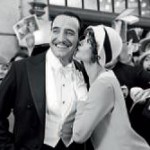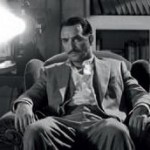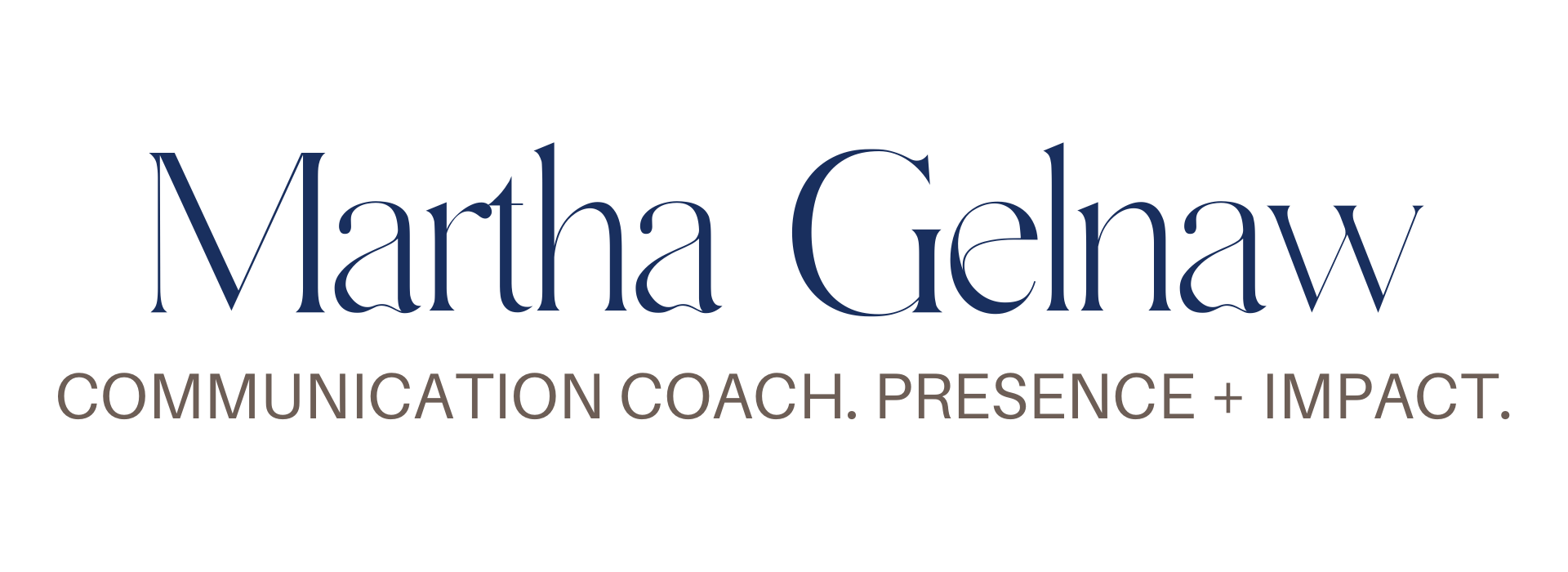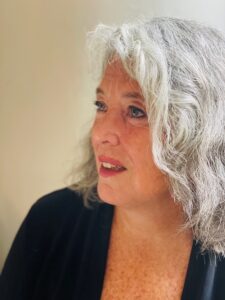“The Artist”: Best Film 2012


The case for developing the non-verbal communication of your presentation to capture attention in a dis-attentive world
“The silent movie is an emotional cinema, it’s sensorial; the fact that you don’t go through a text brings you back to a basic way of telling a story that only works on the feelings you have created. It’s a fascinating way to work.” Michel Hazanavicius, Director
Why a silent, black and white film is critically acclaimed in our age of special effects and 3-D? “The Artist” garnered best film awards in 2012. What was it that attracted its audience?
And what can we learn from the silent film medium?
“Each shot has to have meaning… you play with contrasts, shadows, place them in the frames and find a visual writing, codes, meanings, that we could follow a story without words for an hour and a half and that we could be surprised and touched and moved by the film.” Michel Hazanavicius, Director
Without words, one thing is left in the end, the most important thing: EMOTION (with physicality and personal expression).
Here are some of the lessons learned from “The Artist”:
Lesson One: Simplify
The director of “The Artist” knew that the issue of making this film was how to tell this story without inserting subtitles every twenty seconds. If there are too many new developments, if the range is too wide, too many characters, a complex plot, it doesn’t work.
He quickly observed that as soon as the story starts to grow unclear, you lose interest.
What can we do as communicators and presenters to simplify?
- Have a clear story by having a single clear objective. Having a clear objective allows our story to have a distinct beginning, middle and end. In today’s environment, our listeners have limited capacity with regard to their attention. A clear, concise message helps us achieve our goals when our objective is clear.
- Remove the clutter. Anything that isn’t focused on the objective doesn’t belong in this communication. Use only necessary elements that help your audience understand what their next step should be.
Lesson Two: Rely on your Non-Verbal Communication – Everything Tells the Story
For most actors and presenters, the voice is a great asset. Suddenly, in “The Artist” they had to make do without it and leave the text aside. Text is an essential aid to convey feelings, but here, everything had to be conveyed visually, with no help from words, breath, pauses, tone, and all the variations we normally use to express with the voice.
What can we do as communicators and presenters to express with or without words?
Pay attention to your physical language – facial expressions, movement, gesture, posture, pace and eye contact – they are your greatest assets. The lesson in “The Artist” is that one can say the important things without “dialogue”.
Research tells us that greater than 85% of the impact of our communication is non-verbal. Put greater focus on your non-verbal aspects – as much attention on your movement, gesture, facial expression, eye contact, and stance and voice expression as you do your words. Create a non-verbal score. Rehearse your presentation with only the non-verbal /physical elements. This will allow you to co-create meaning with the words.
I’m reminded of a quote from Charlene Barshefsky, a chief negotiator in Asia, an ambassador and cabinet secretary under President Clinton: “The body always speaks well before the mouth ever opens.”
Lesson Three: What can we learn from the actors of “The Artist”?
Expand or dilate the physical to fully communicate your intention and meaning
Jean Dujardin, won Oscar for Best Actor:
“I had no lines to hold on to, but finally I discovered that silent film was almost an advantage. You just have to think of the feeling for it to show. No lines come to pollute it. It doesn’t take much – a gaze, an eyelash flutter – for the emotion to be vivid.”
Berenice Bejo, nominated for Best Supporting Actress:
I was thinking: “How am I going to move, how am I going to speak without using my voice?” By the end of the shooting, I thought: “That’s it, I got it!” I can’t explain it, it was physical. We give ourselves so much pressure with words. I like it very much that our intention is not conveyed solely through dialogue but by the body, the walk, the attitude, the precision of each gesture…”
Work more on the physical aspects of your communication. Use your non-verbal assets to bring across the real meaning. When we rely only on our words to create meaning we miss the opportunity for full communication.
Borrow the self-confidence of these actors. Stars often have that quality. They’re not where they are by coincidence. They have enormous self-confidence. This is because they use what’s available to them. That’s how they become stars.
Lesson Four: Work with a good leader who is a good communicator.
When asked about their leader, director Michel Hazanavicius, the actors said this:
What is Michel’s greatest asset as a director? “His humor and his intelligence. He is a brilliant man, he loves his crew, he loves other people’s work, he listens, and he knows exactly what he wants and how to get it. He knows how to value people so they love to work with him.”
Jean Dujardin: “And his talent, for sure! Michel is very ‘directing’, but that’s what’s so exhilarating. He asks you to accompany him in his search, in his ambitions, in his demands. He knows exactly what he wants in the frame, in the image, and he knows when he doesn’t like it.
He always gives a lot of freedom to his collaborators, his actors too; he’s open to what others suggest. It is a paradox that such a precise and centered director allows others such creativity and freedom. Creativity often comes from constraints. One of Michel’s strong points is that he surrounds himself with good people.”
Michel Hazanavicius won the Academy Award Winner for Best Director, “The Artist”.

